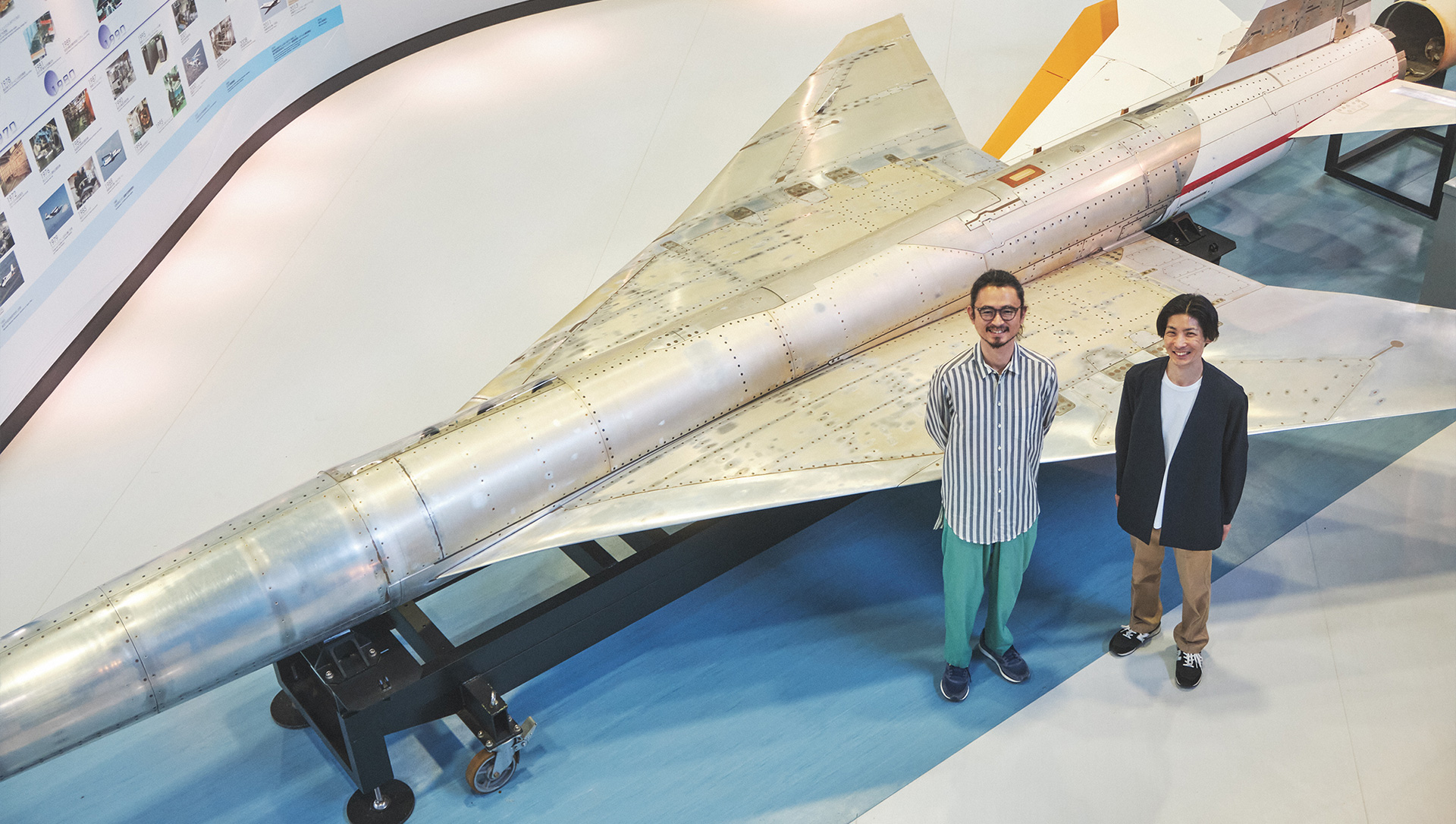
What is a Good Sound?

NAGAOKA Ryosuke (left) and NAKA Yusuke (right) standing in front of NEXST-1, a small experimental supersonic aircraft, at the Chofu Aerospace Center
Special
Talk
What is a Good Sound?
NAGAOKA RyosukeMusician and guitarist
×
NAKA YusukeSenior Researcher
Silent Supersonic Aircraft Team
Aviation Technology Directorate
NAGAOKA Ryosuke, a musician who sings and plays guitar in the band Petrolz and supports various musicians, and JAXA's NAKA Yusuke, who studies acoustics and conducts research to reduce the sonic boom of supersonic aircraft. What do these two men who are involved in completely different domains of "sound" consider pleasant and unpleasant sounds? Welcome to the world of blank and blurred spaces between physics and psychology where human sensibility resides.
Pleasant sounds are not always absolute
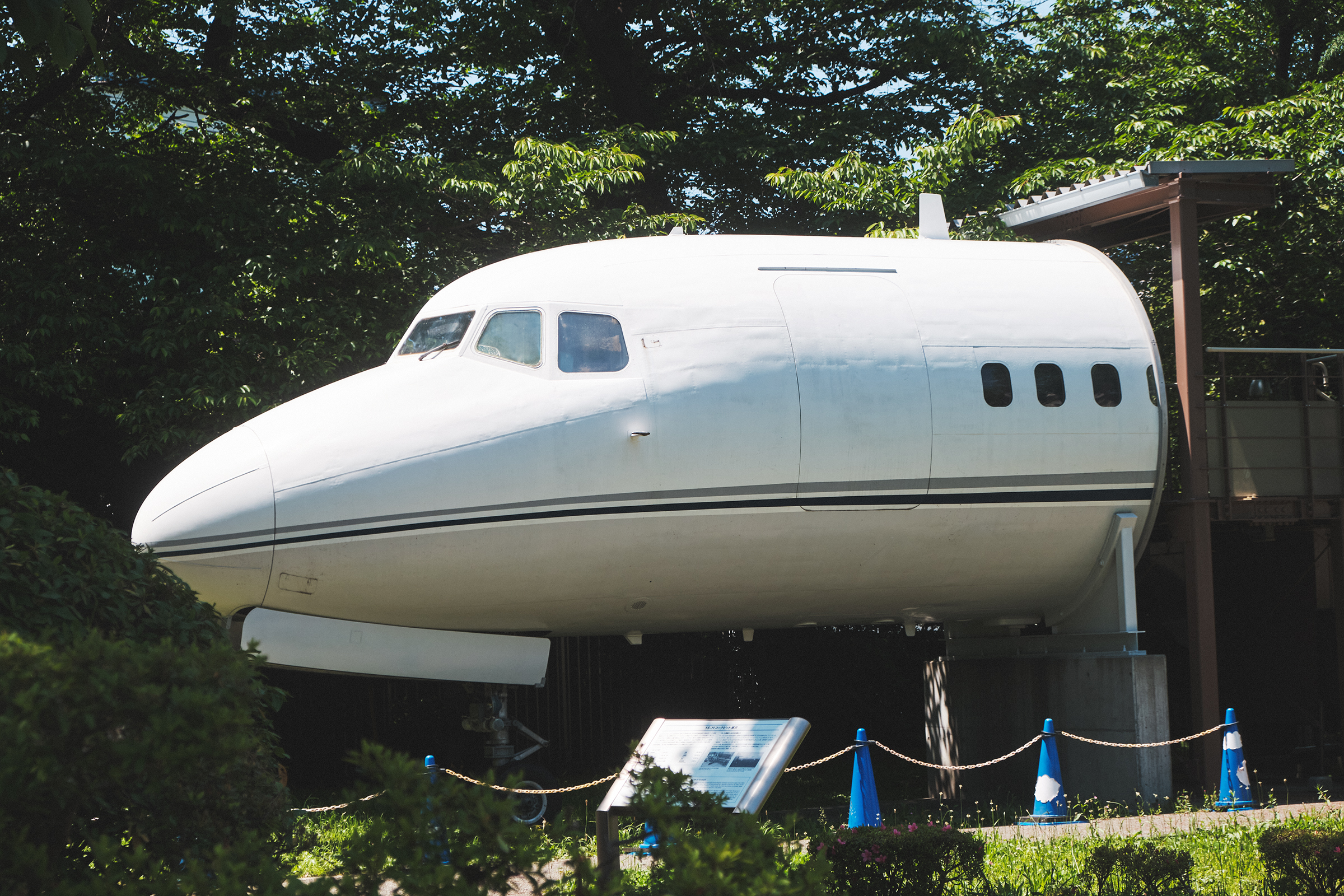
Naka
I've chosen "pleasant and unpleasant sounds" as the theme for our conversation. I'd like to ask you how you feel about sound and music given your long career in music, and I'd also like to talk about what I am doing as a researcher to suppress sonic booms (thunder-like loud sounds that occur when flying at supersonic speeds) from an acoustic perspective.
Nagaoka
I'm looking forward to it.
Naka
There are many questions I would like to ask, but let's go straight to the point. What kinds of sounds do you find pleasant?
Nagaoka
I've thought about that, and I think it may depend on the source of the sound or on my mood. Humans are animals so the sound of waves, for example, is physiologically pleasant. Even the sound of waves may depend on one's mood, though. With people's voices, I feel comfortable if it's the voice of someone I like, but if it's the voice of someone I dislike, I don't (laughs). When I think about it like that, it's very difficult to give a general answer.
Naka
Well, conversely, what kinds of sound are unpleasant to you?
Nagaoka
I think it's the same as with unpleasant sounds; it's a matter of taste. For example, there are motorcycles that make lots of noise, but the persons riding the motorcycles may find it an appealing sound. Given that, there may be no such thing as an unpleasant sound.
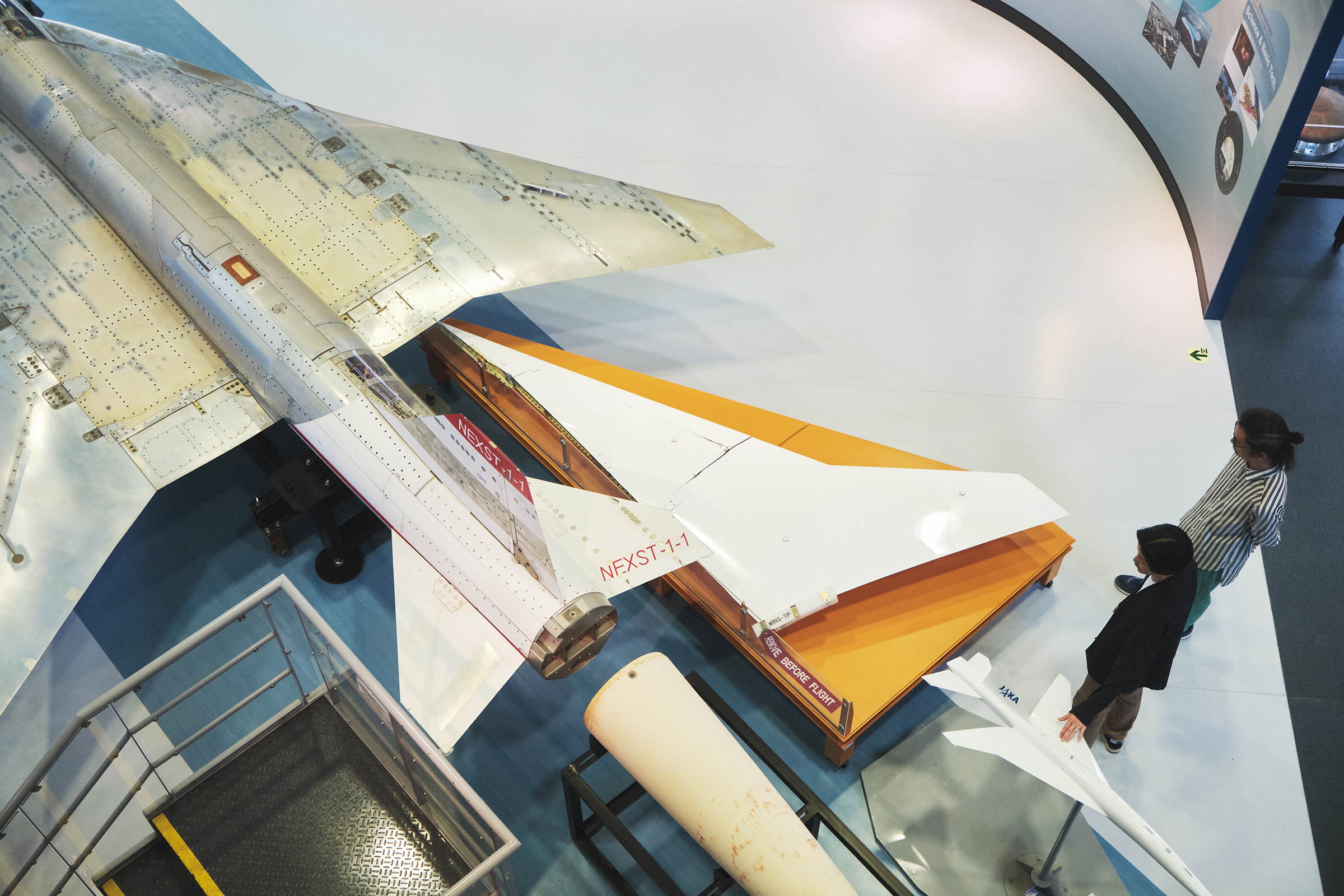
Naka
You're saying that a good sound is not always absolute?
Nagaoka
What I mean is that it's difficult to define what constitutes "a good sound". If you record a song in high quality with today's recording technology and listen to it with the newest equipment, it doesn't necessarily mean that it's a good sound. I listened to a gramophone a while ago, and it sounded great. But if you ask me if it was a good sound physically, I would say it was not.
Naka
I see. That's interesting.
Nagaoka
Today I brought two guitars to go along with the theme. The acoustic guitar is an American one from 1951. When I brought it to a recording session once, the producer said, "It sounds a little too good, so could you use another guitar?" Isn't that close to the theme of this conversation? It's like good sound is bad (laughs). Well, I think it's more a character thing than a good or bad thing. This guitar didn't fit that song. Anyone listening to this guitar, though, would consider its sound bright, powerful, light, and reminiscent of sunflowers.
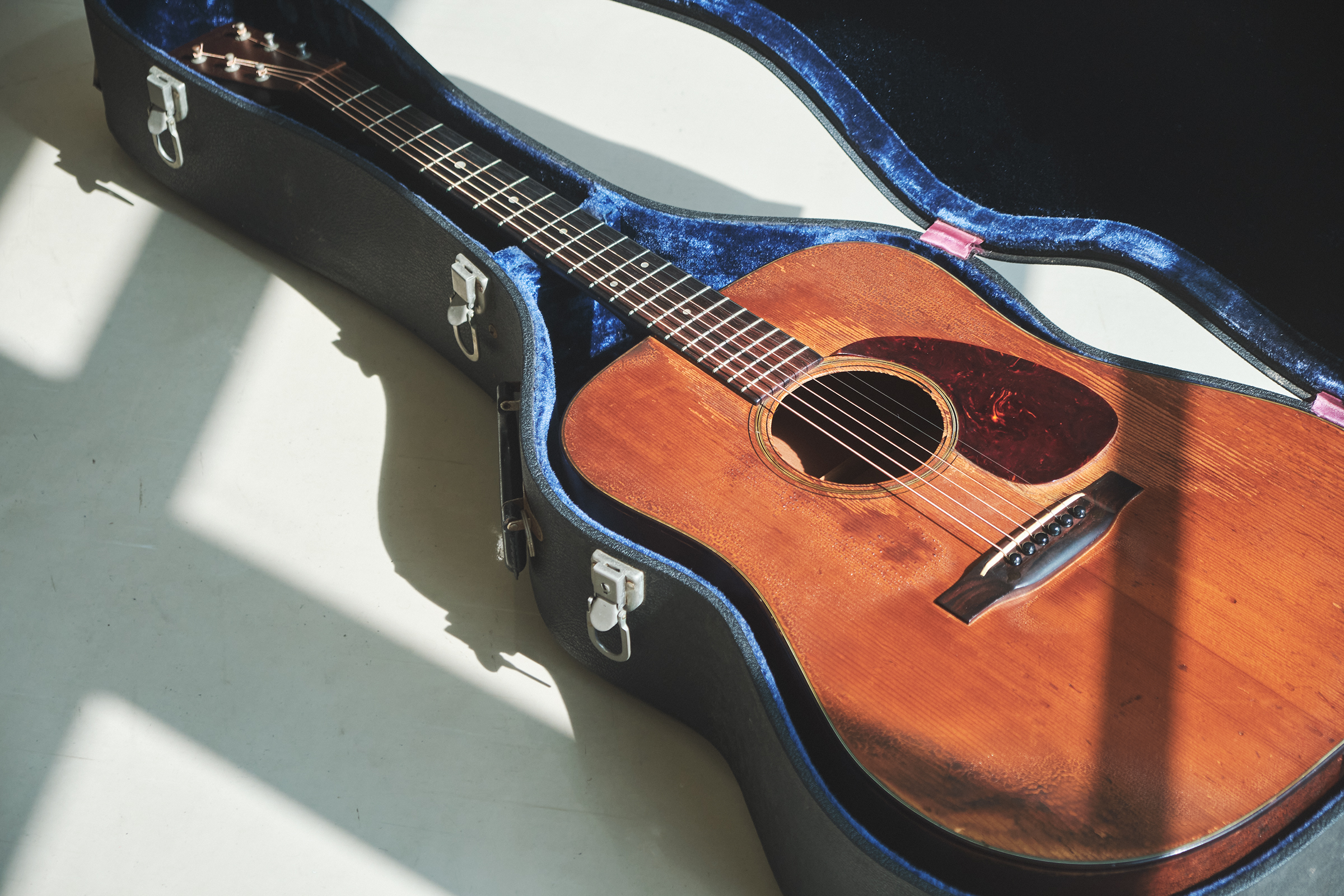
The other guitar is an electric guitar but it doesn't sound as good, and I get frustrated when I play it. However, there are times when I get really into it on recordings. Sometimes it's so bad it's good, and sometimes it's so good it's bad. That's why sound is interesting. What do you think of pleasant and unpleasant sounds?
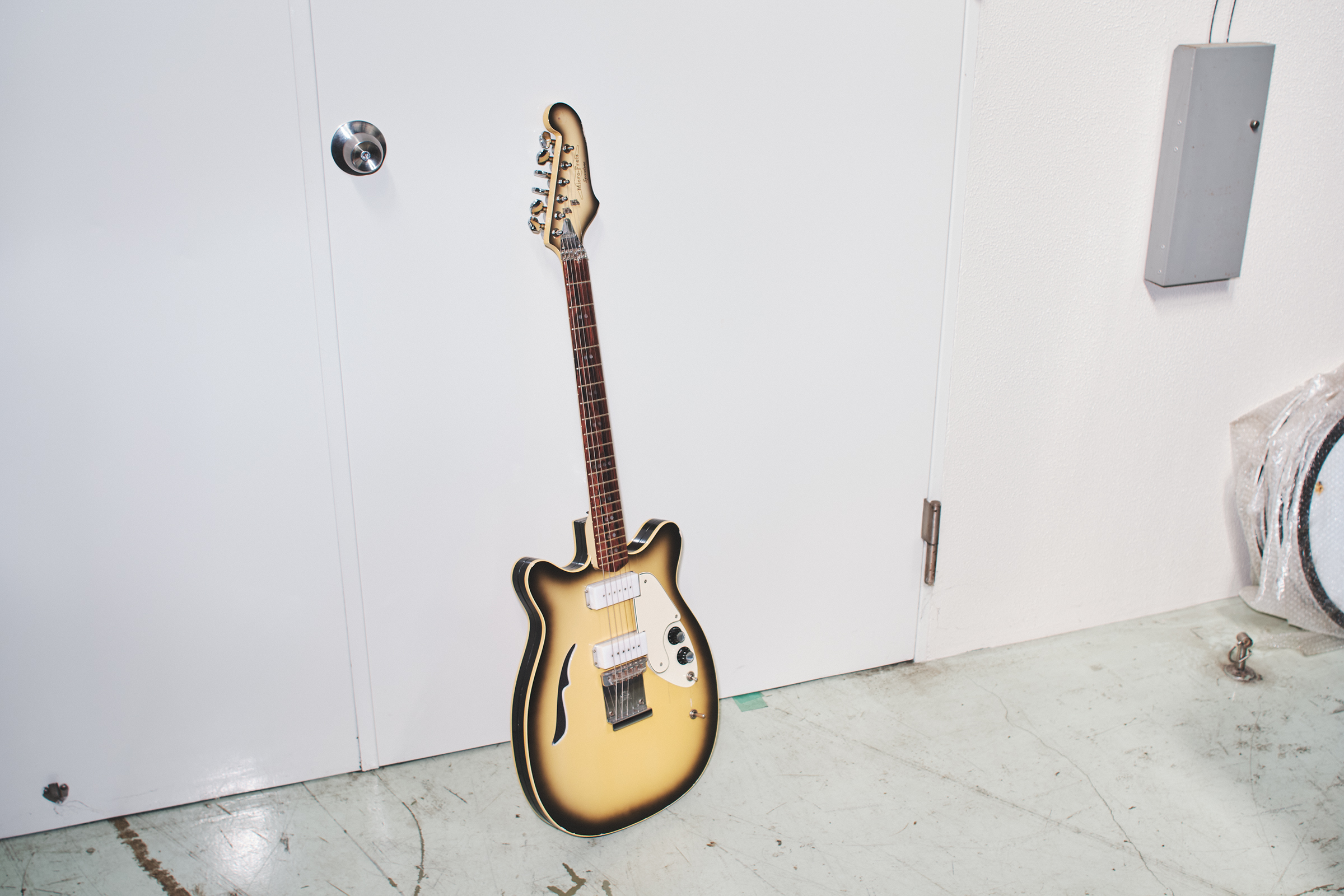
Naka
As you say, the way we feel changes depending on when we listen to something so, even though I asked the question myself, I don't have an answer (laughs). However, hearing is one of the five senses, and I think it's a function necessary for sensing and surviving the outside world, so I would say that sounds that harm me are unpleasant. Even if it's music that one likes very much, if the volume is turned up to ten times the volume of a normal live performance, anyone would likely cover his or her ears. I think there are other perspectives besides sound quality and musical elements.

Looking at the question from both physical and psychological perspectives
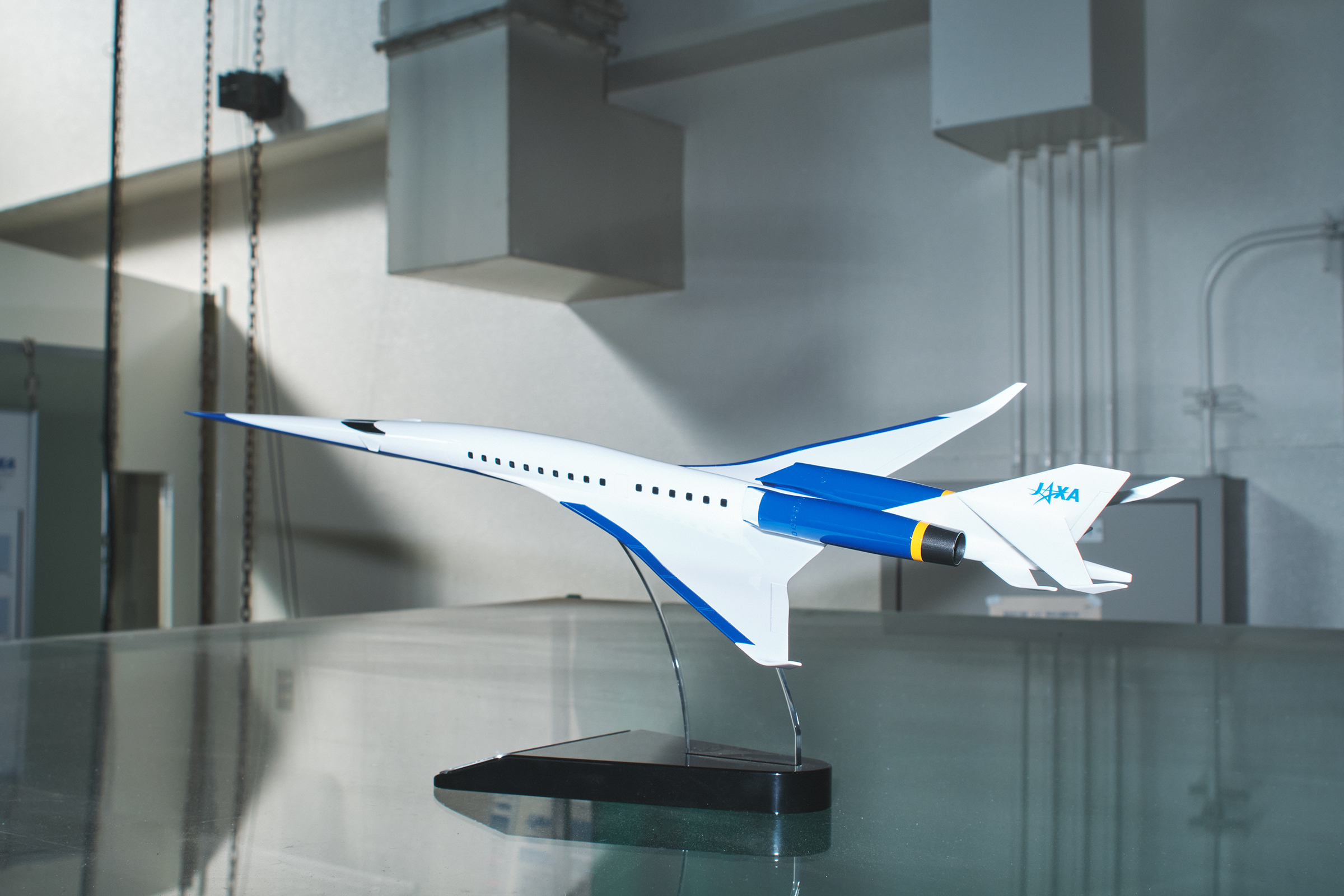
Nagaoka
You not only study physical sound but also psychoacoustics. What made you decide to study that?
Naka
I liked music so I listened to music and even bought a musical instrument, but I had no aptitude for it and gave up (laughs). Still, I wanted to be involved in sound, acoustics, and music in a way other than being a musician, so I started researching sound. Since I entered this field out of a love of music, I always want to pay attention to how good the sound I am listening to is and not just physically look at the sound.
Nagaoka
What are the respective advantages of looking at sound from physical and psychological perspectives?
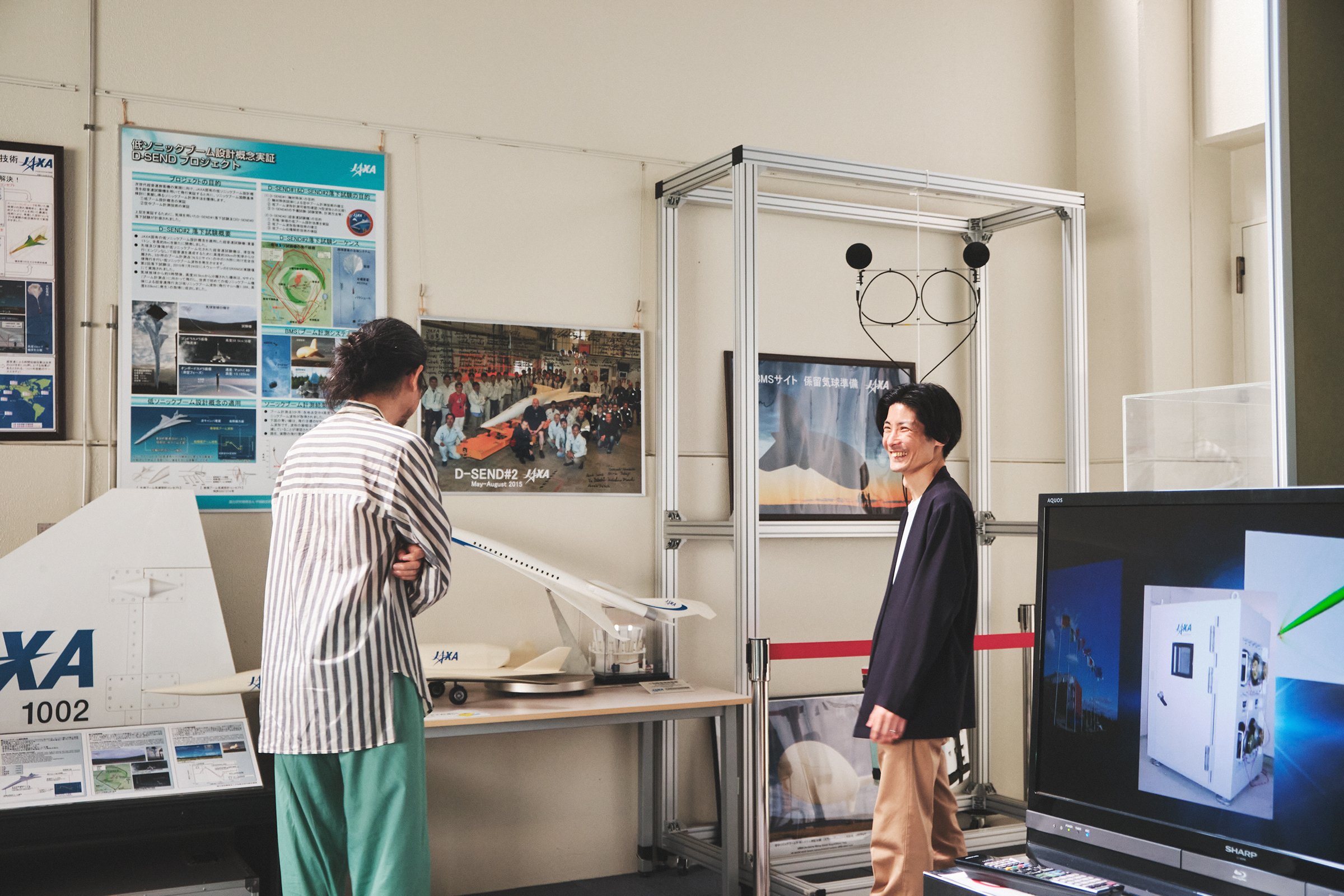
Naka
I think the advantage of looking at sound physically is that we can put it into a tangible form such as numbers. In the case of the sonic boom you heard earlier, we can calculate how loud the sound is in decibels, so we can proceed with our research using a numerical or physical measure to determine that we should lower the sound level. However, I don't think there's a physical answer to the question of how low we should turn down the volume. That's because our goal in wanting to lower the sound is ultimately to reduce discomfort when people hear it. To set goals for such research, we need to look at the psychological aspects as well.
Nagaoka
So you're saying that human psychology is inseparable from your research. When I was being shown around JAXA's facilities today, I realized that all of them were the work of people. Take the beauty of the wings on the NEXST-1, for example. Normally, we only look at flying objects from a distance but, when I looked at it up close, I saw joints, abrasion marks, and filled-in holes.
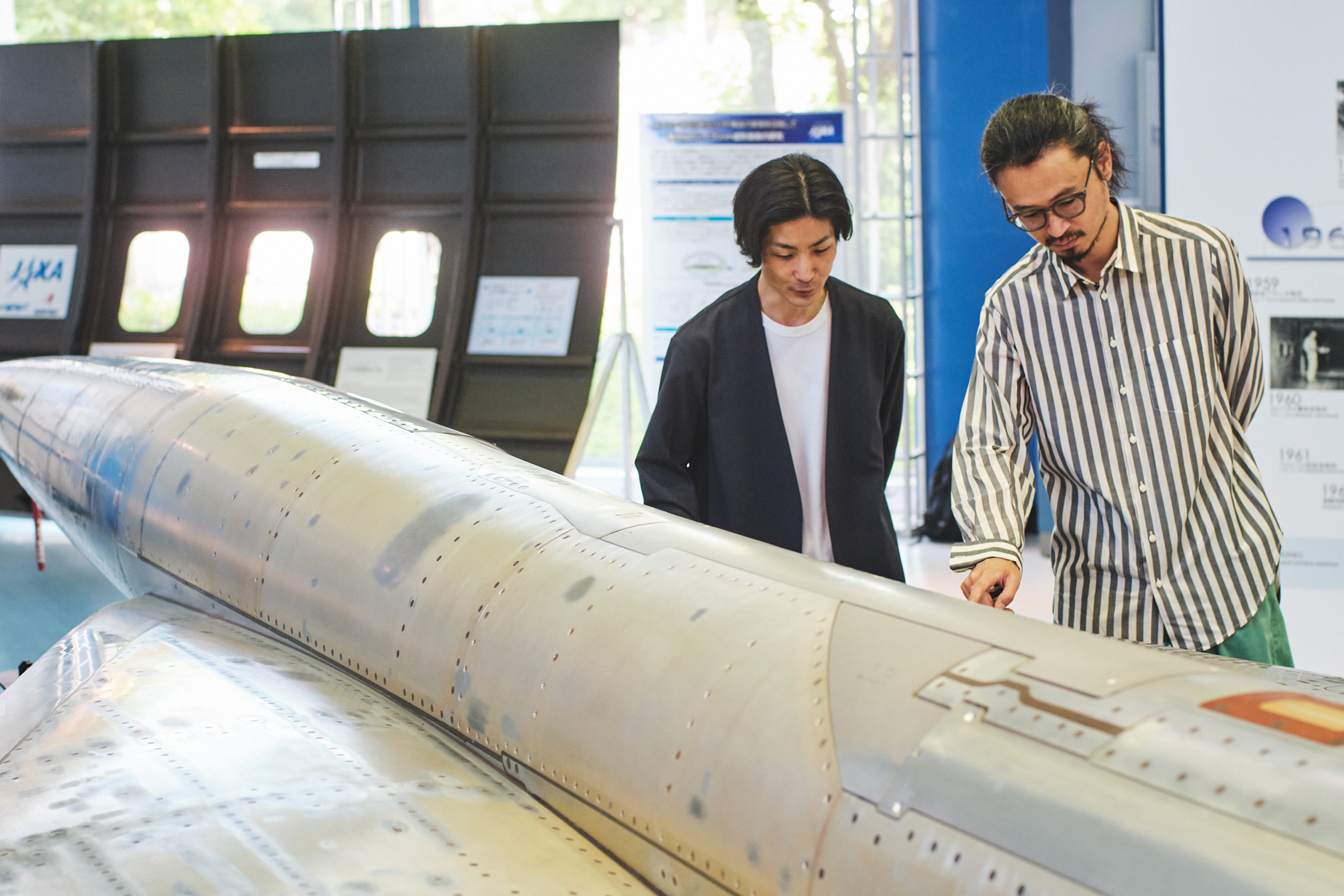
Naka
"Beautiful" may not be an impression that is often expressed by engineers. However, I myself am interested in this area, which brings to mind the expression "state of the art". The phrase means "cutting-edge" and it's sometimes used for technology, but it can be directly translated as "the realm of art". So I'm wondering if there's a relationship between cutting-edge technology and beauty or art.
Nagaoka
I think so. Old car engines and such can be very beautiful. Do supersonic aircraft and airplanes get their shapes through theory?
Naka
There is that aspect, but it also depends on the thinking of the designer. Some airplane manufacturers who are actually making things have a firm philosophy. Once I talked to them about a particular type of design, they said, "We don't like it because it's ugly."
Nagaoka
That's wonderful.
Naka
I was inspired by their attitude of creating airplanes not only through numbers and performance but also with such artistic sensibility.
Learning from the unintended
Nagaoka
On the contrary, I don't make music in a way that I'd quantify it or pin it down, so that's probably the biggest difference between my approach and that of a researcher.
Naka
Well, what kind of verbal exchange do you have with the sound engineer when you ask him to make the sound a certain way?

Nagaoka
Some people who know a lot about acoustics would tell the engineer to raise the decibel level by a specific number, but I always say it in a really abstract way. I think it's more fun to say something like, "I think it should be a little lighter". My impression can change depending on my mood, and I don't aim for a pinpoint target. I'm more relaxed about it, and I think it's fine if my performance differs from day to day.
Naka
You don't have a sense within yourself of wanting to control everything, do you?
Nagaoka
There was a time when I didn't touch the knobs on my guitar amp during recording. I left the sound adjustment to others (laughs). It's interesting to try playing without putting my own intention into it. Especially during a live performance in front of an audience, different aspects of the same performance come out. It might be longer, more intense, faster or slower. I think that's what music is all about. When the day comes that AI is creating music, that's probably all that'll be left to distinguish human music. I think it's important to have something that sticks out, or blends into the music. This is vital, and I'd like to keep it in mind. In your research, have you ever dared to "play" without control?
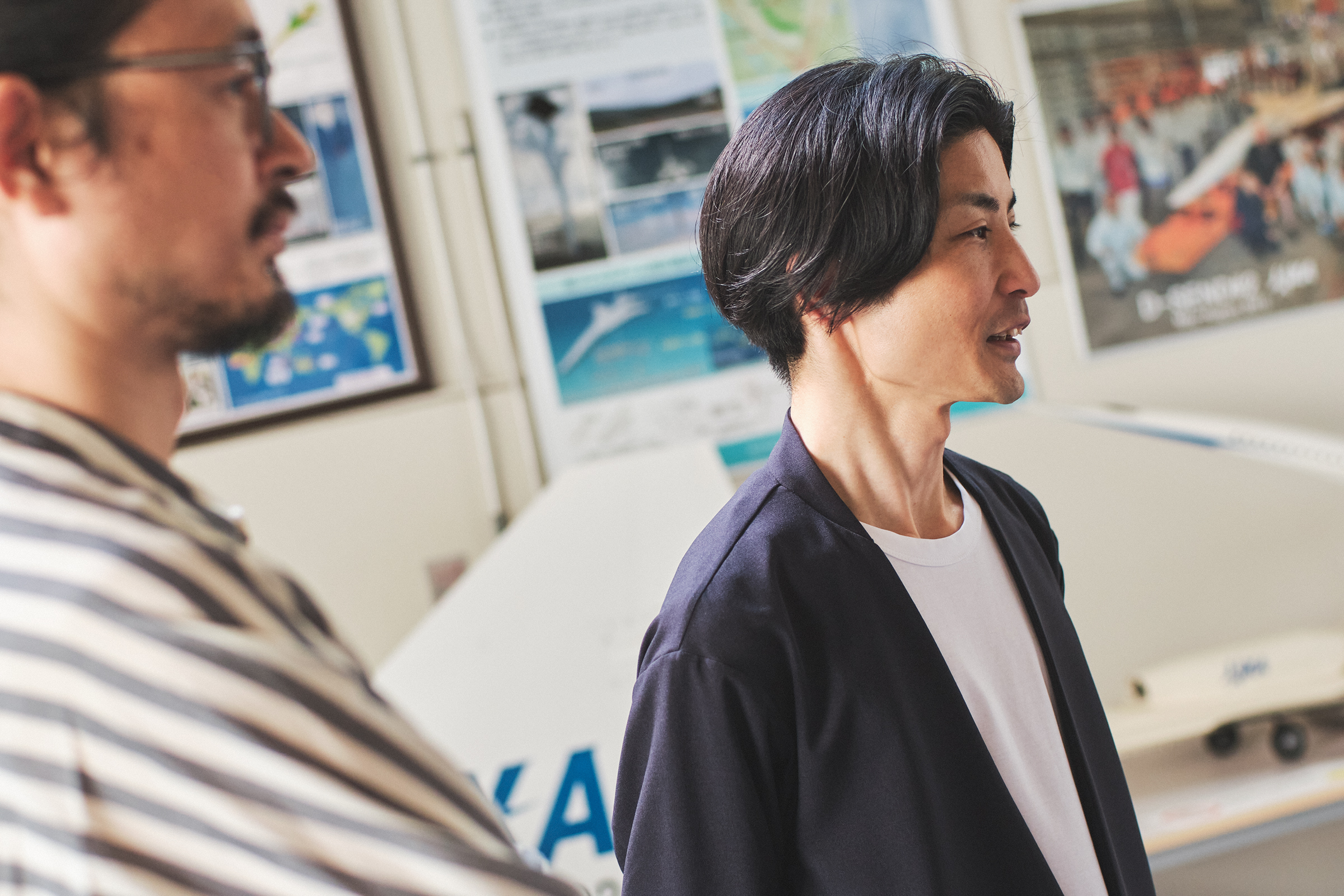
Naka
I think I have. The typical approach to research is to formulate a hypothesis, collect actual data, and test the hypothesis, but it's boring if that's the only approach. Therefore, I sometimes try to collect data for the time being, even though I don't know what'll come out of it, and then look at the data I've collected. This may be similar to what you said about trying to produce sound even though you don't know what the knob settings are. I think it's possible to come up with new insights from places that are beyond our intention. This leads to new research questions and hypotheses.
Supersonic aircraft and a more human world
Naka
Have you ever concerned yourself with the speed at which sound propagates in kilometers per hour (km/h)?
Nagaoka
No, I haven't.
Naka
It depends on the temperature and other factors, but the typical speed of sound is 1,225 km/h.
Nagaoka
So 1,224 km/his slower than sound?
Naka
That's right, by this definition. A speed equivalent to the speed of sound is called Mach 1. A bullet train travels at 300 km/h, which is Mach 0.24; a car travels at Mach 0.08; and a passenger plane in operation today travels at about 1,000 km/h, which is about Mach 0.8 to 0.85. Any speed faster than sound is "supersonic". What I wanted you to see is how sound from sources moving at various speeds travels. The triangle in the center of the figure is the image of an airplane. When sound is emitted from a stationary airplane, it spreads out in concentric circles (Figure 1).
The color goes from black to yellow, indicating that the sound becomes weaker the further away it is. What happens if this airplane is in flight? When the airplane is traveling slower than the speed of sound (Mach 0.8), the spreading sound stays ahead of the airplane (Figure 2).
You can see the so-called "Doppler effect": on the right side, the frequency increases as the sound waves bunch up, while the frequency decreases on the left side.
Nagaoka
That's what happens when an ambulance goes by, isn't it?
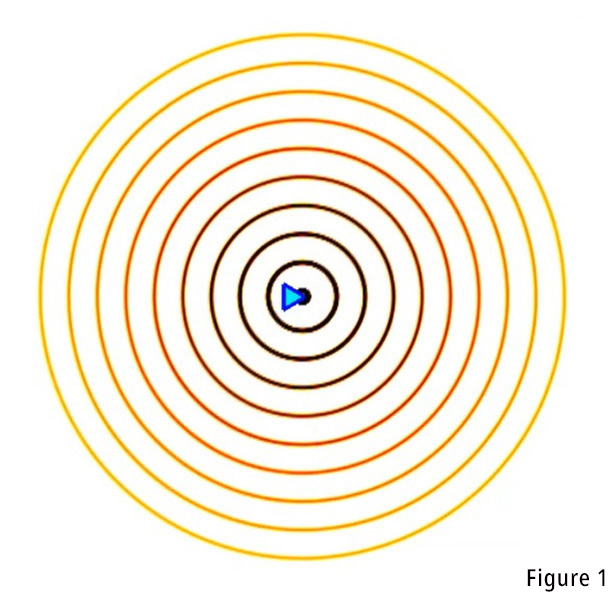

Naka
Yes. So what happens when the plane goes exactly the speed of sound? Since the airplane and the sound waves are going exactly the same speed, the plane remains all the way at the right edge of the circle and a high-pressure area builds up at the nose of the plane (Figure 3).
This is the source of the sonic boom, the phenomenon in which the sound becomes stronger all at once with a bang. What happens if the plane gets even faster and goes supersonic is that it gets out ahead of the sound it produced earlier (Figure 4). As this continues on and on, the sounds emitted at different times accumulate in a cone.
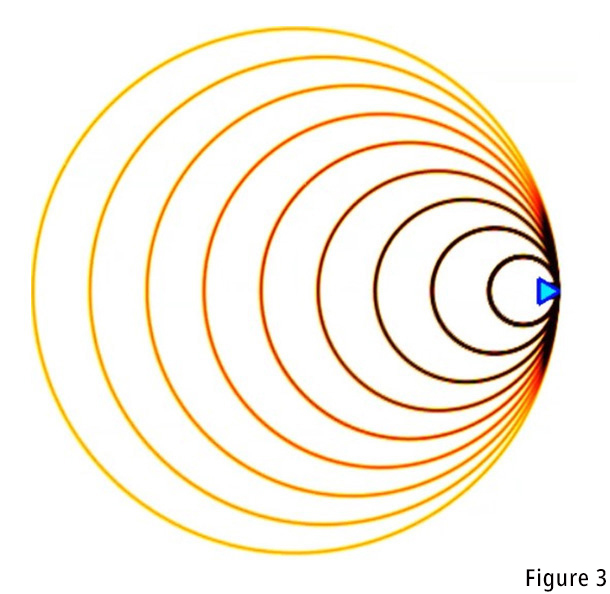
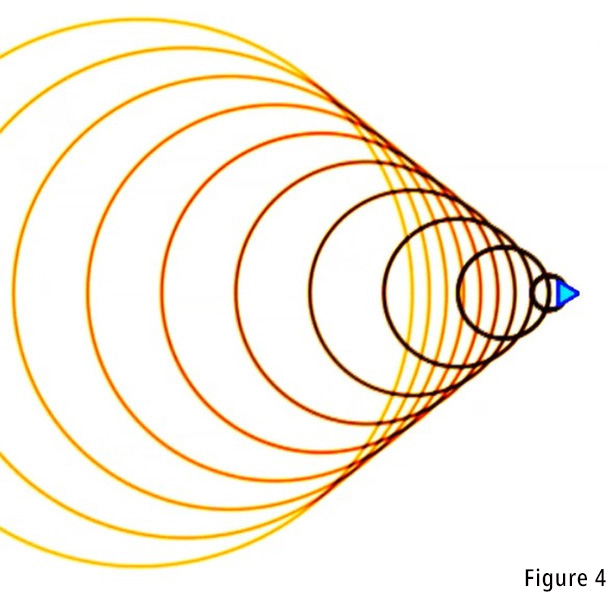
Nagaoka
Does a person on the ground hear a boom when the edge of that cone passes by?
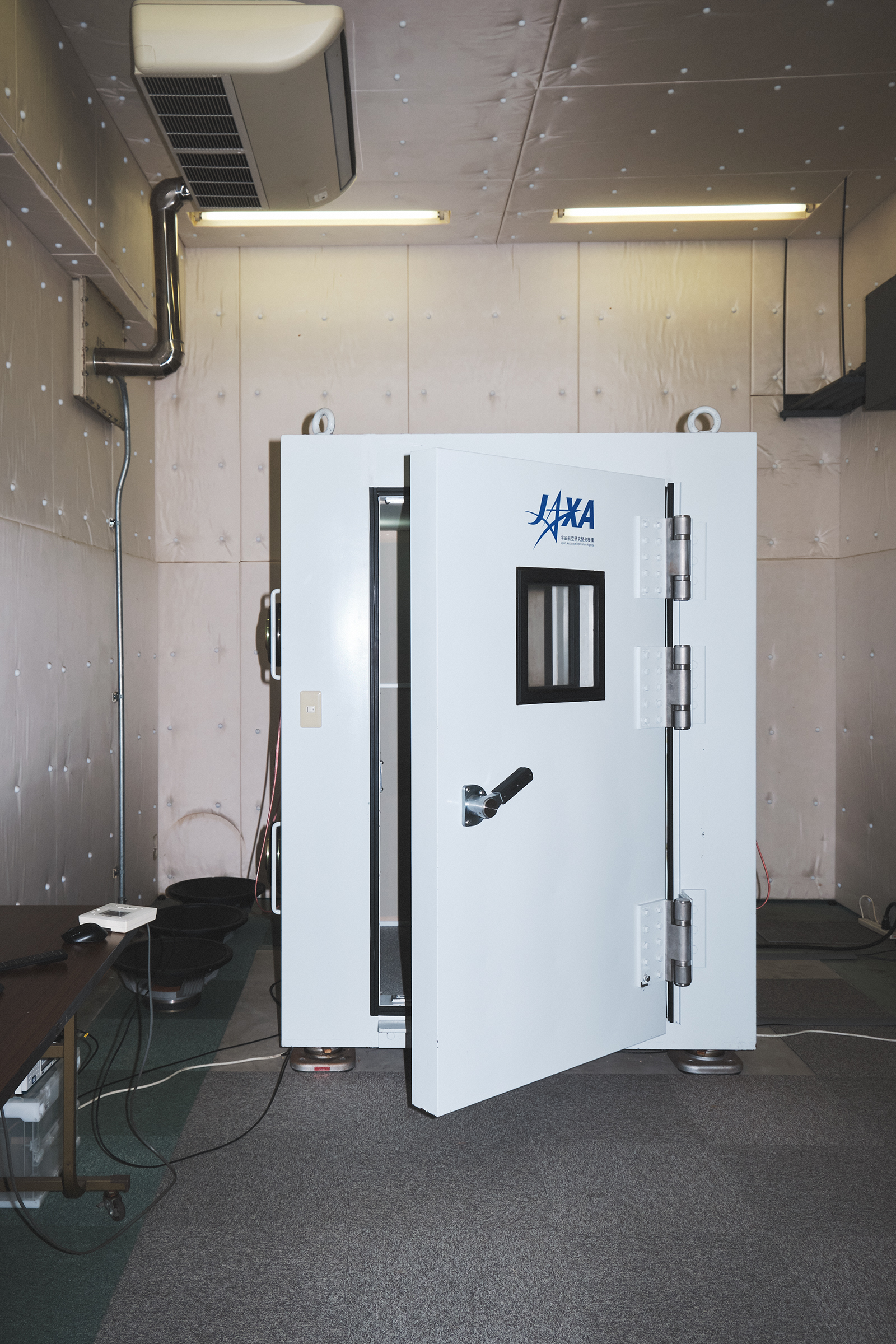
Naka
Yes, that's what happens. I'm engaged in research to suppress this loud sonic boom.
Nagaoka
What kind of future do you envision as you conduct research on the practical application of such supersonic aircraft?

Naka
A supersonic aircraft would shorten travel time, making things easier for business and leisure travelers, and it could be used in the medical field in situations such as organ transplants where every minute counts. While these are great benefits, the sonic booms of conventional supersonic aircraft adversely affect social life, so the rules at the moment don't allow planes to fly supersonically over land. With technology being developed to suppress sonic booms, though, discussions are being held at a specialized agency of the United Nations to establish new rules, and I'm participating in these activities. I consider airplanes to be infrastructure, so I'd love everyone to think about what they'd do if these supersonic planes could be developed and they could travel twice as fast as they do now.
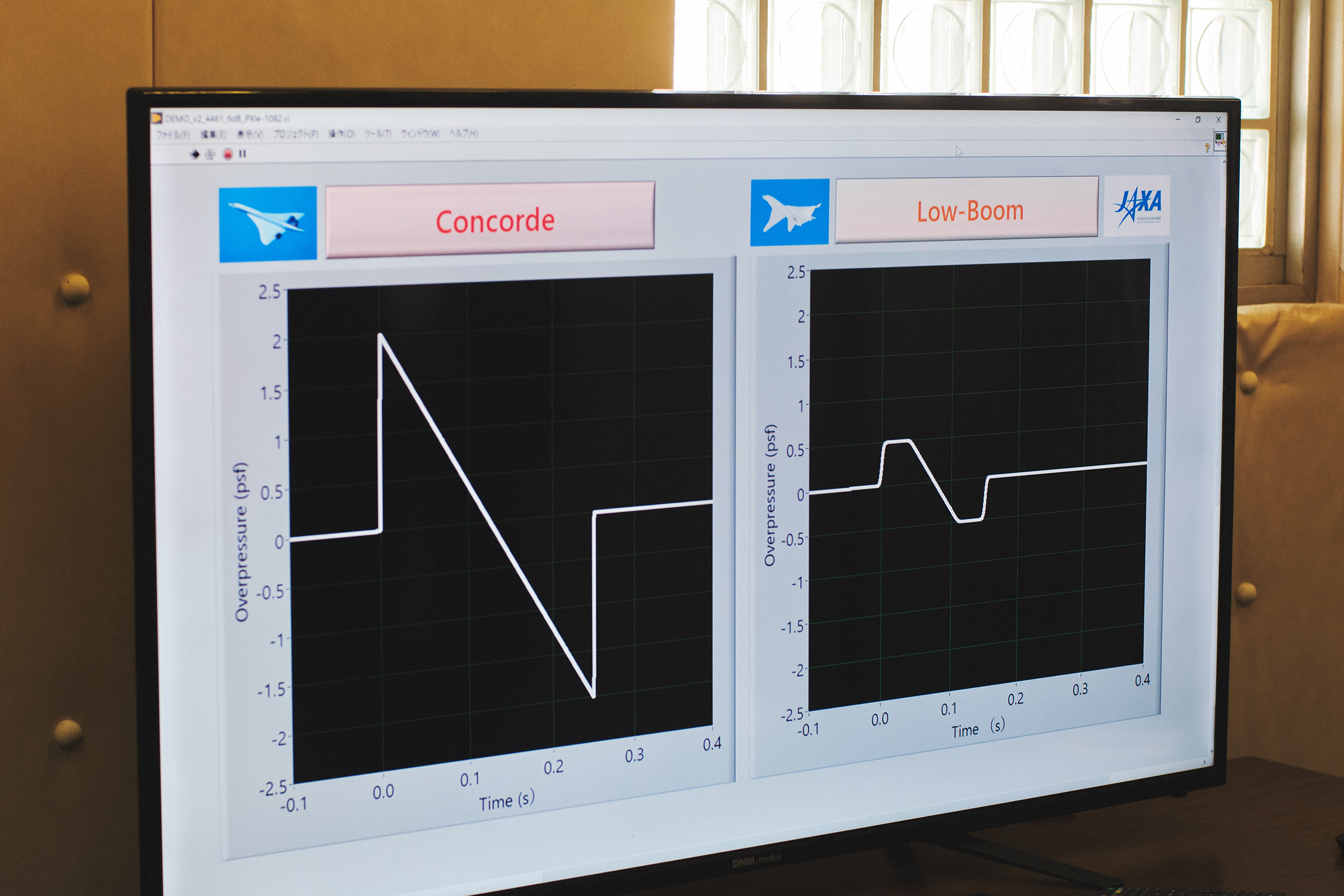
Nagaoka
I see.
Naka
The Internet and smartphones became popular because various applications were developed after the technological infrastructure was put in place and unexpected ways to use them were created. I regard supersonic aircraft as a key piece of such basic infrastructure, so I myself am looking forward to seeing how this technology will be used.
Nagaoka
We all use smartphones nowadays and we feel or sense we've been to a faraway place just by looking at the screen but, if travel becomes even easier, our experiences will become more physical. It'd be great if we could step away from our screens for a moment and thereby make the world feel a bit more human.
Naka
I agree. As you say, nowadays there are such things as virtual travel, but what you feel when you actually go somewhere is different, as are the sounds you can hear and the sensations you experience. The practical use of supersonic aircraft may revitalize the things that we can physically enjoy.
Nagaoka
It'd be nice if that happens.
Naka
Generally speaking, the advantage of supersonic aircraft is that it shortens travel time, but I don't think engineers can control what kind of experience or value a person will ultimately derive from this technology. I'm sure it's the same with music. When you perform, you have to leave it up to the audience to decide how they feel it.
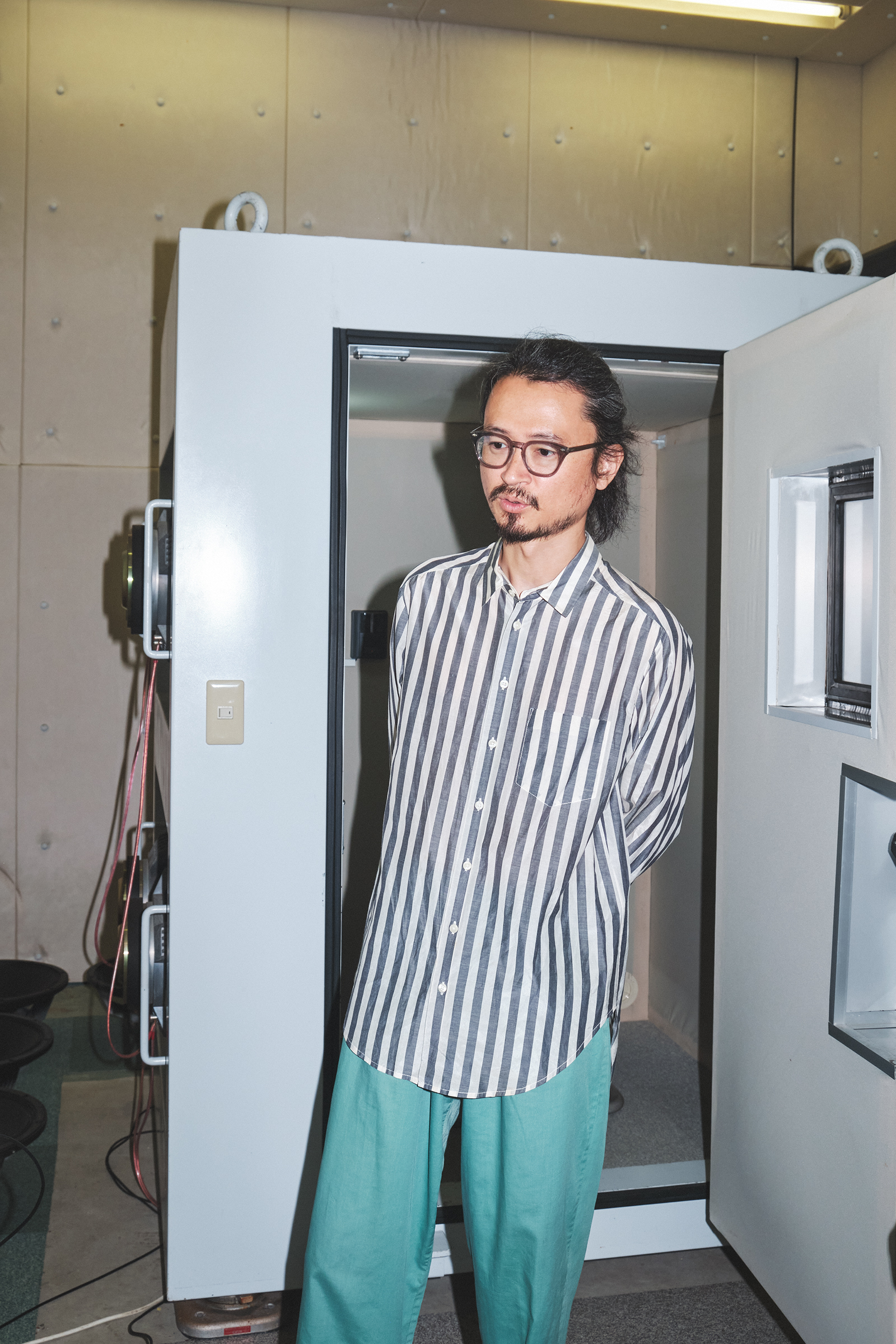
Profile
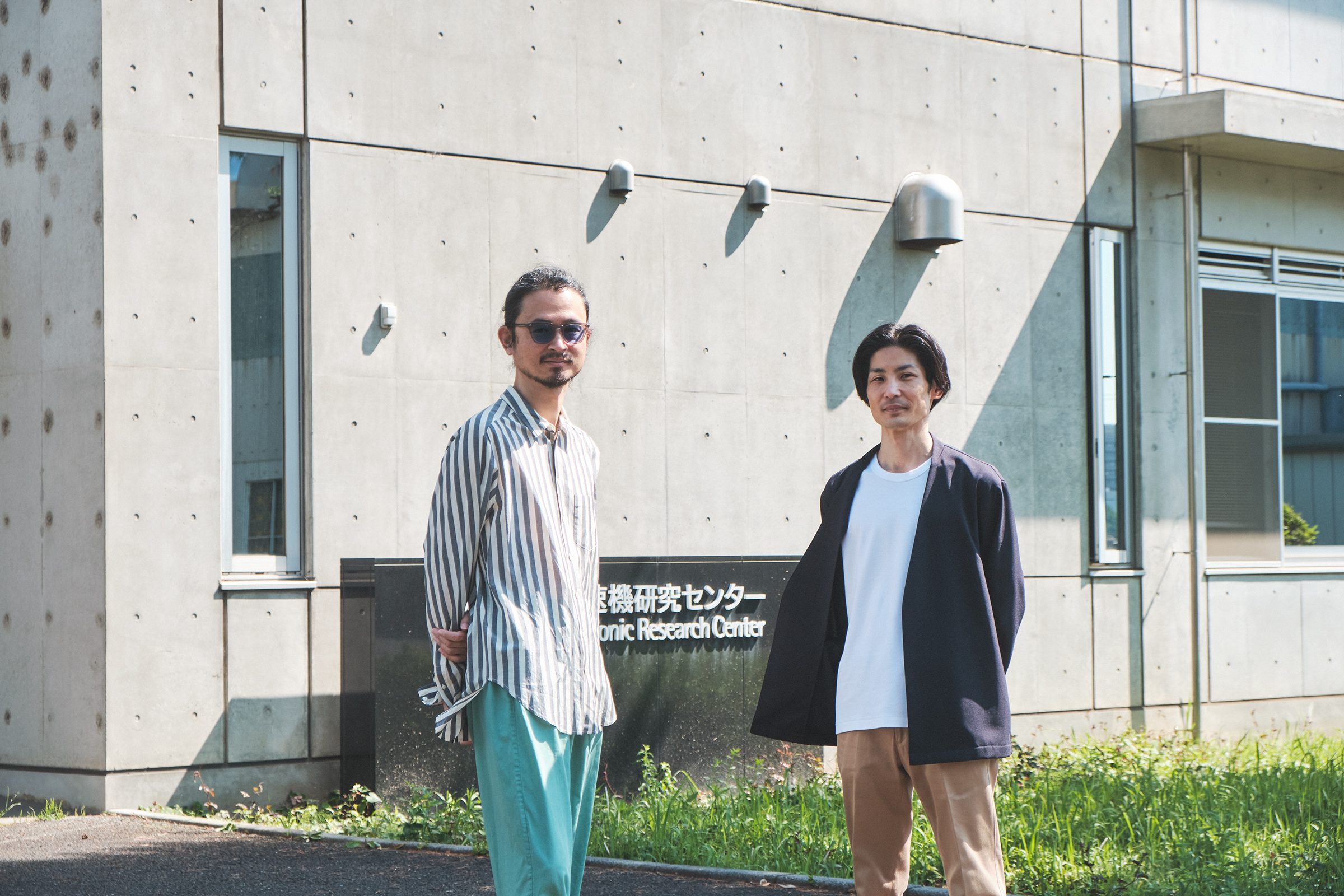
NAGAOKA Ryosuke
Musician and guitarist
A musician who pops up in unexpected places at unexpected moments. In addition to singing and playing guitar for Petrolz, he is a support guitarist who has produced and provided music for many other groups. His solo works include "Lounge Lover" and "Mixed Message". He appears as a navigator on J-WAVE's "Citroën Fourgonnette" every Saturday from 10pm. He is also an automobile enthusiast.
NAKA Yusuke
Senior Researcher
Silent Supersonic Aircraft Team
Aviation Technology Directorate
He studied the physical aspects of sound while working at a psychoacoustics laboratory at a graduate school in the US. Since returning to Japan, he has been engaged in research on the sonic booms of supersonic aircraft at the Aviation Technology Directorate. His hobbies include listening to and playing music.
All the images are copyrighted ©JAXA unless otherwise noticed.
- Home>
- Global Activity>
- Public Relations>
- JAXA’s>
- JAXA's No.92>
- What is a Good Sound?